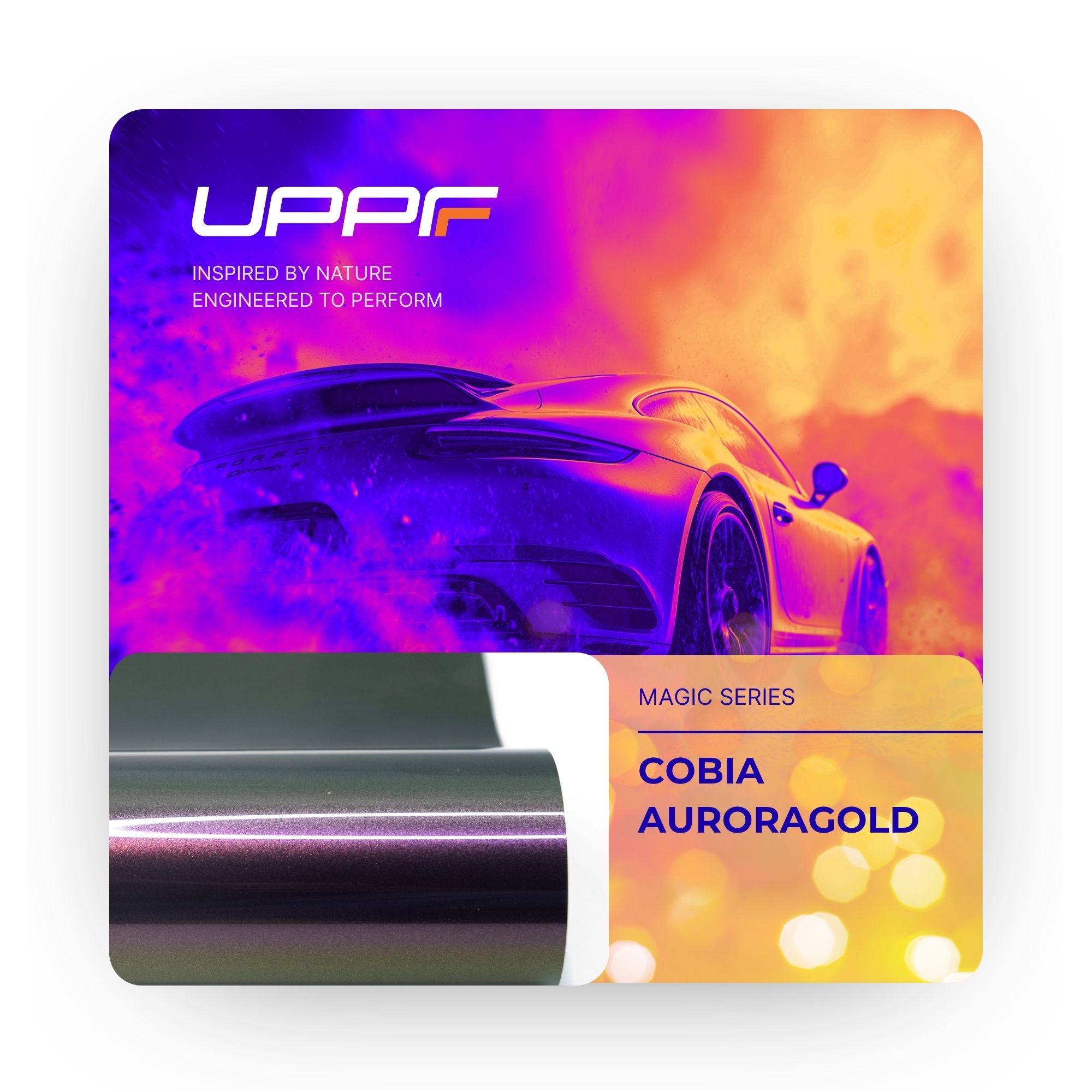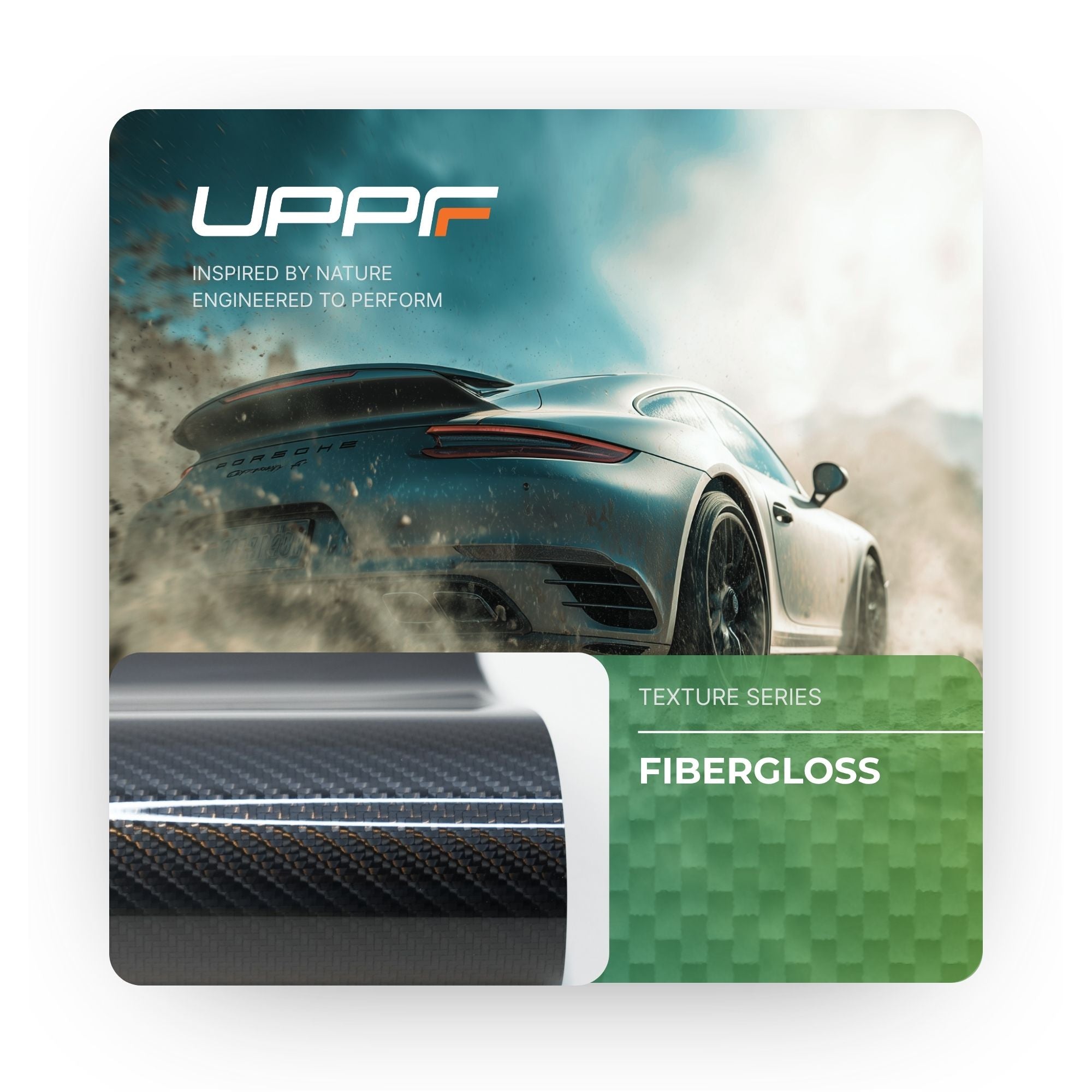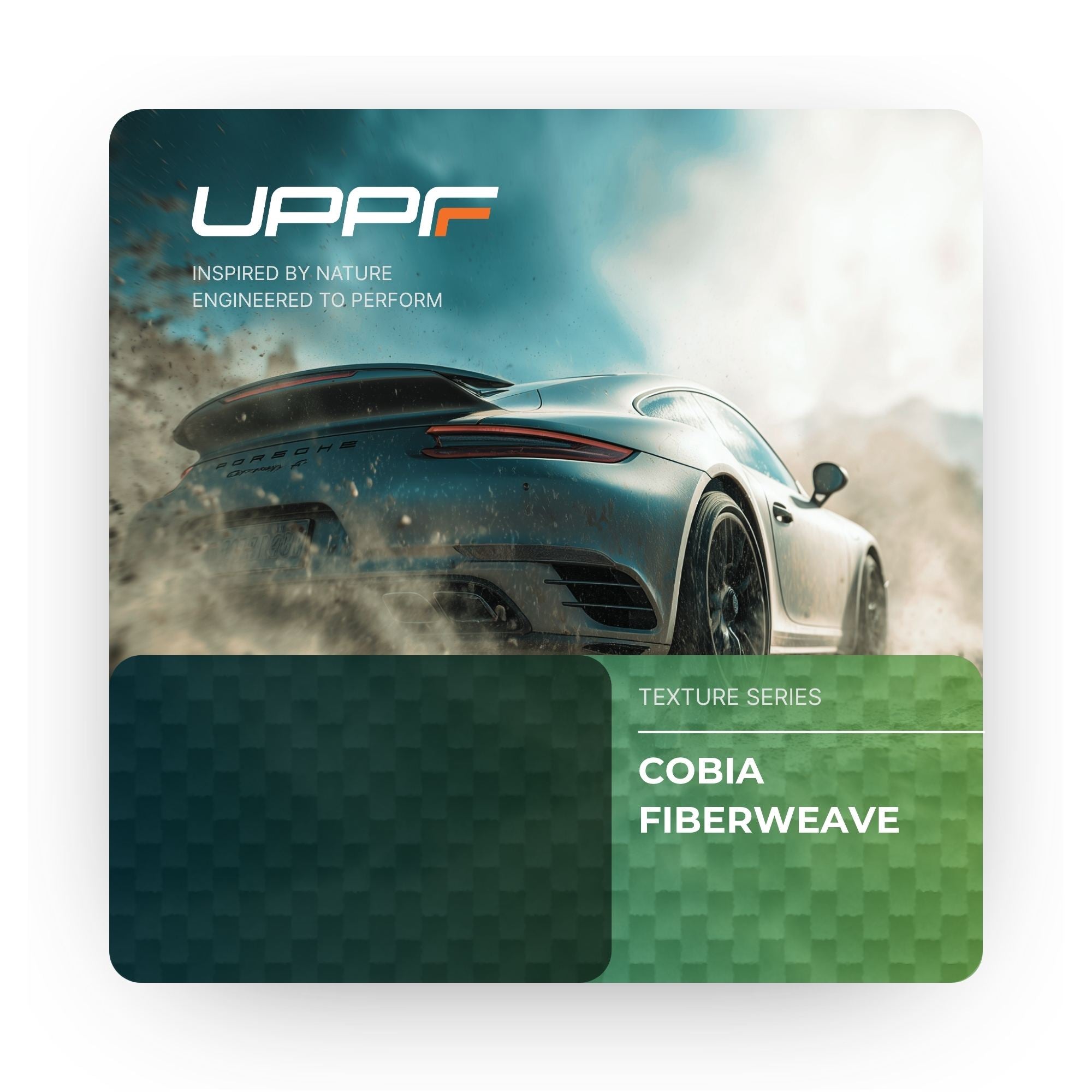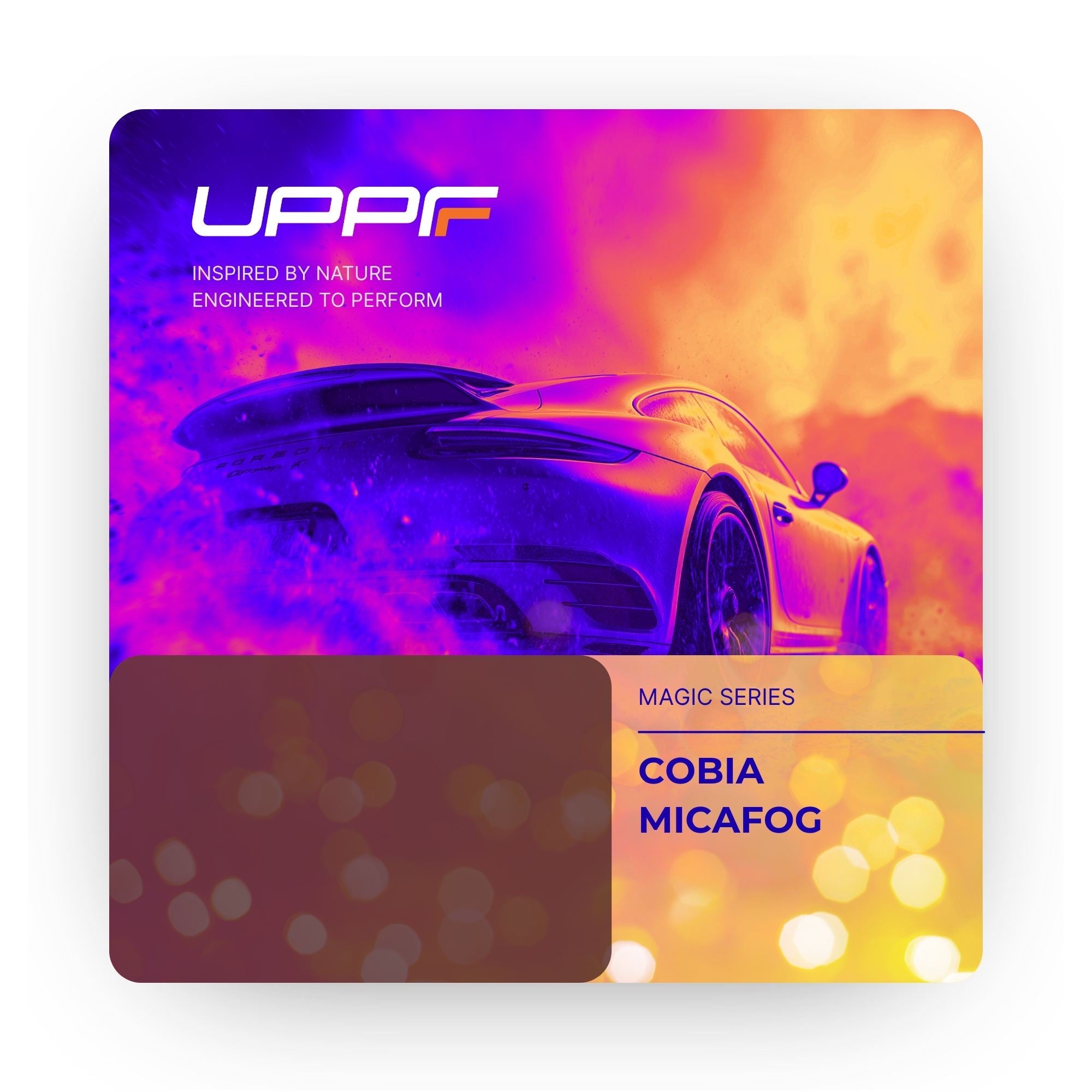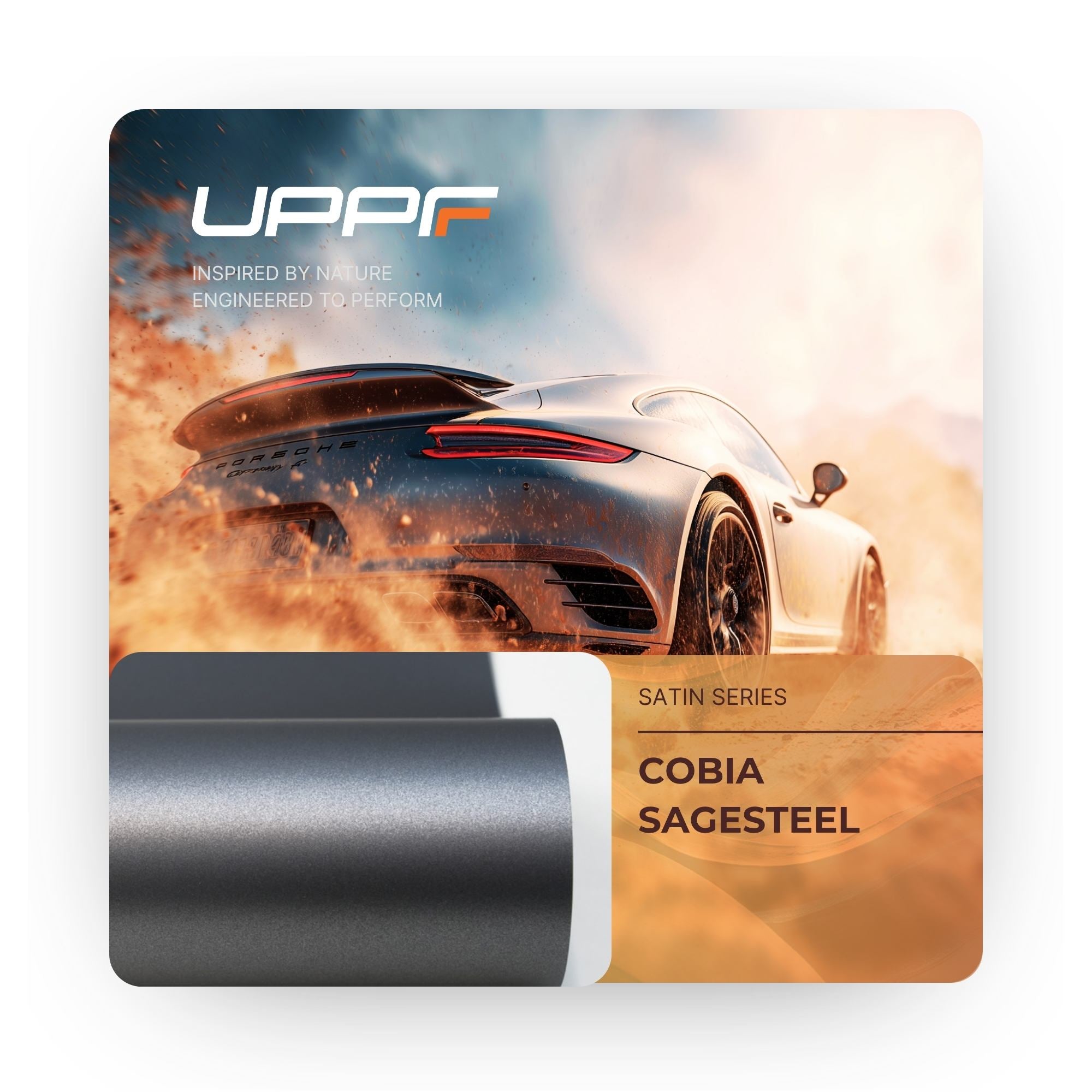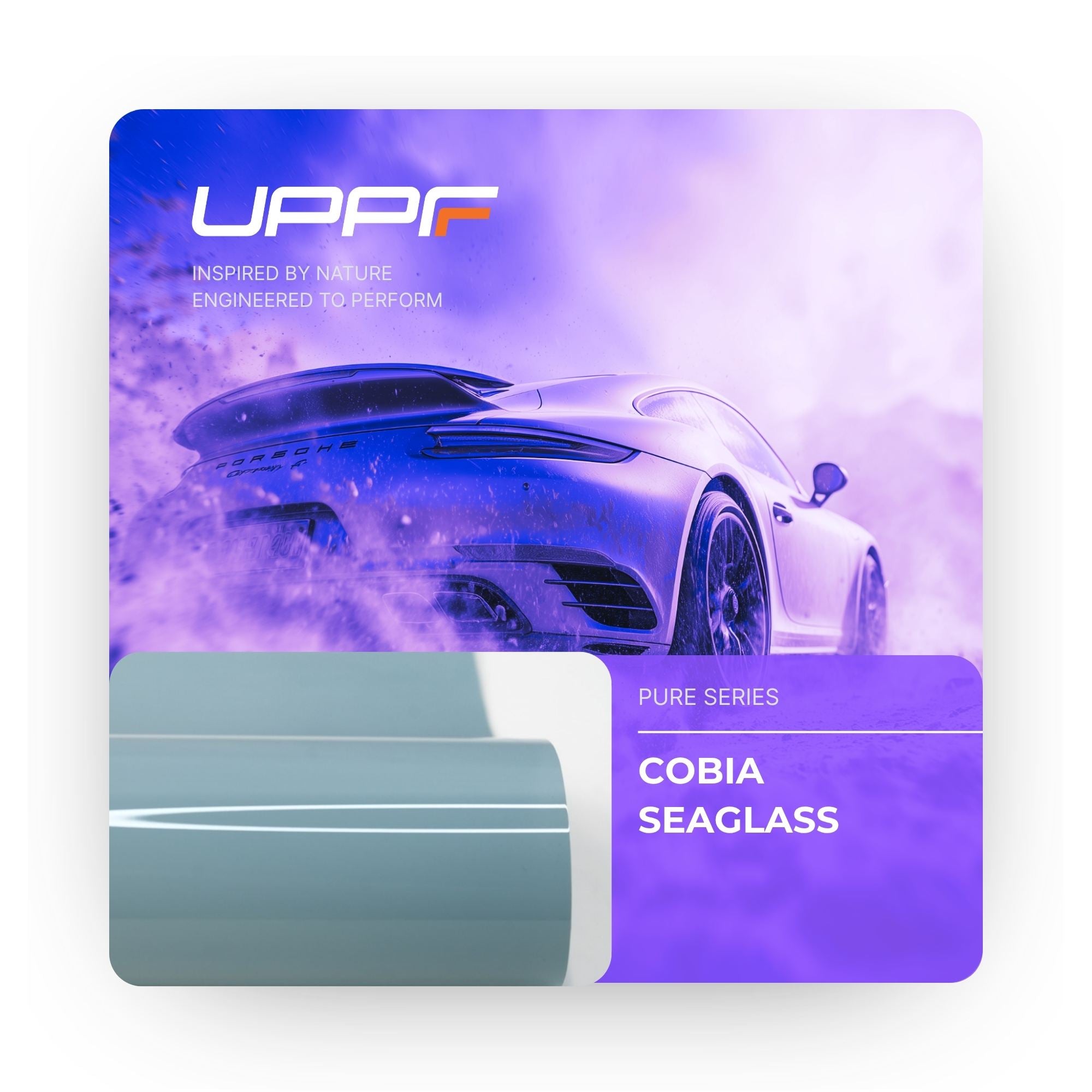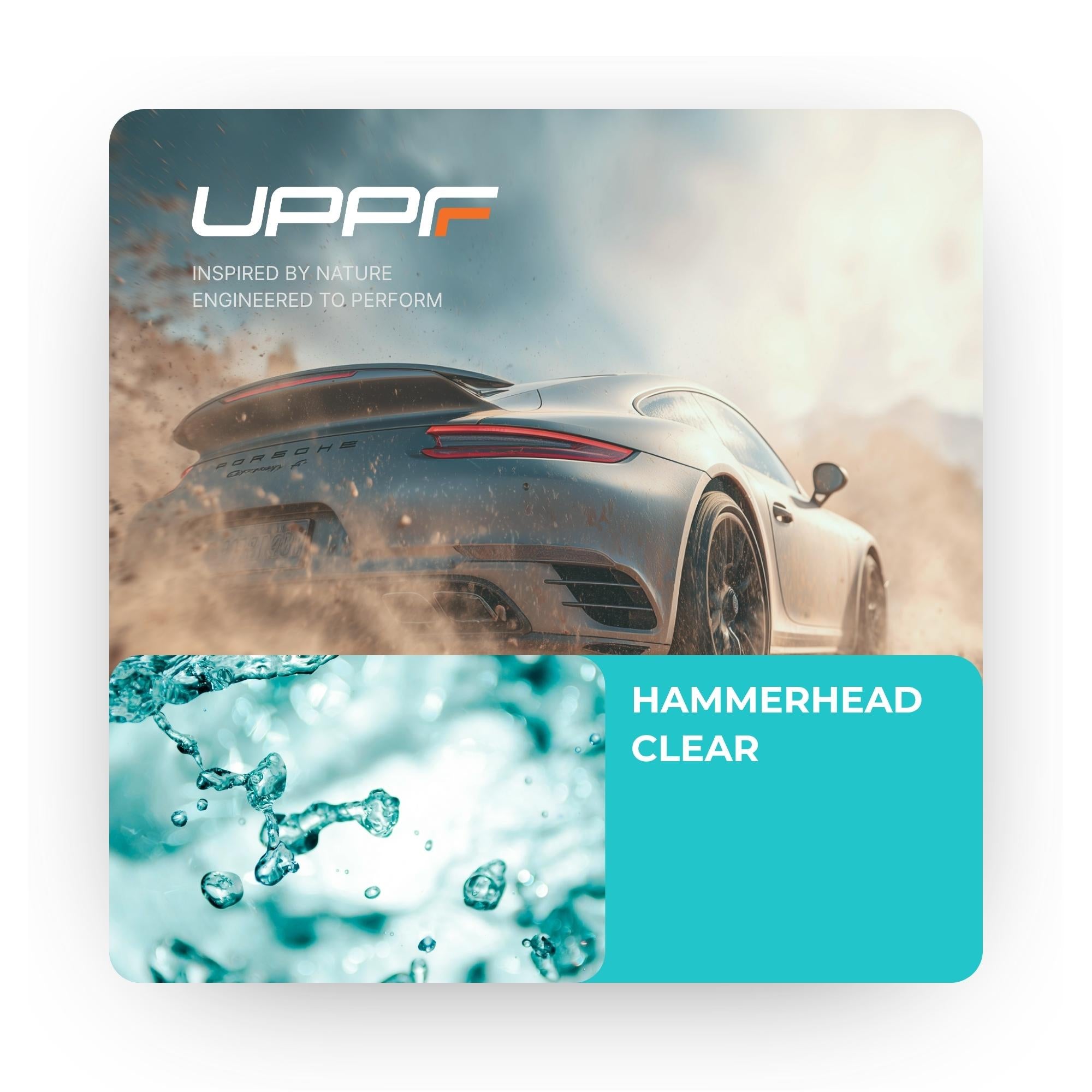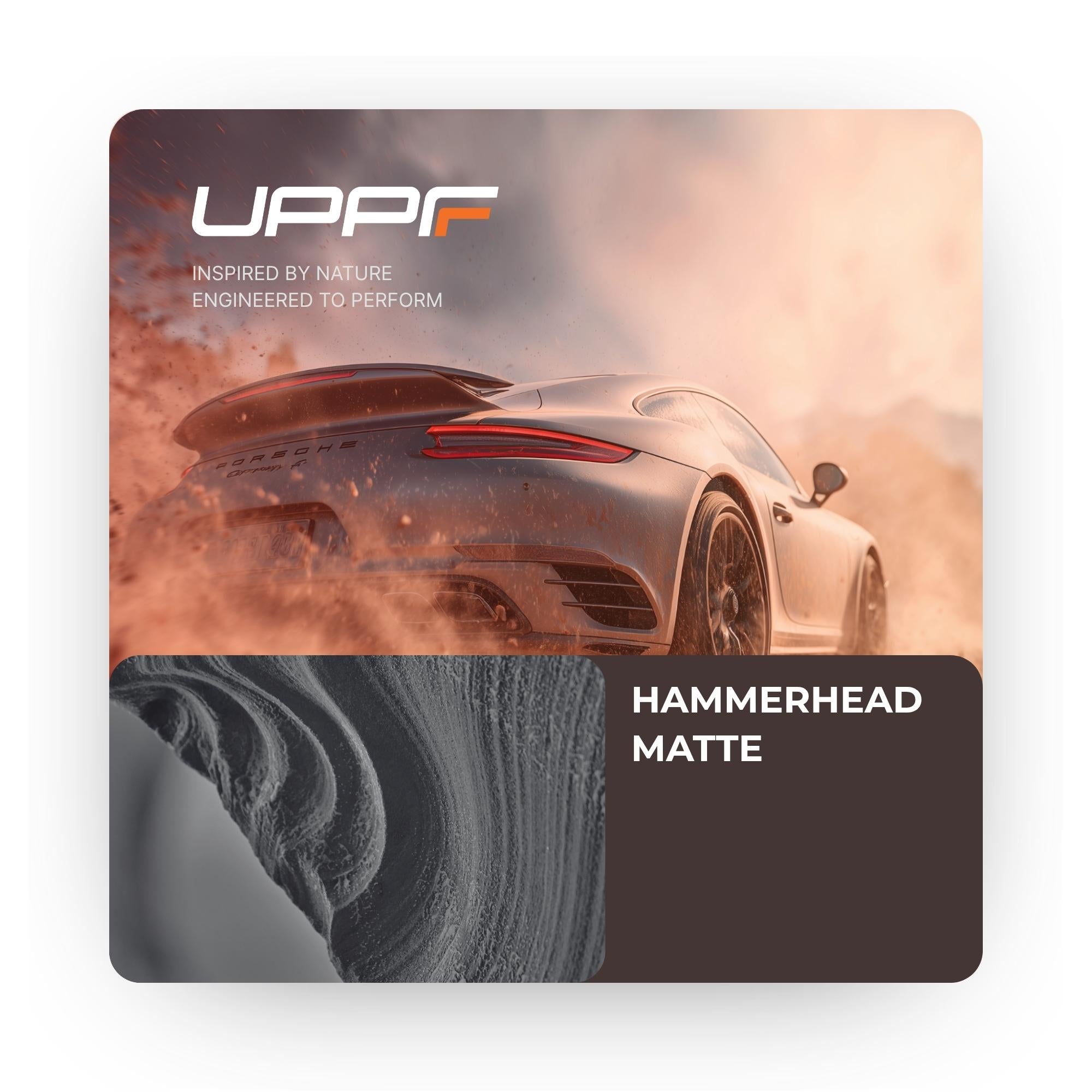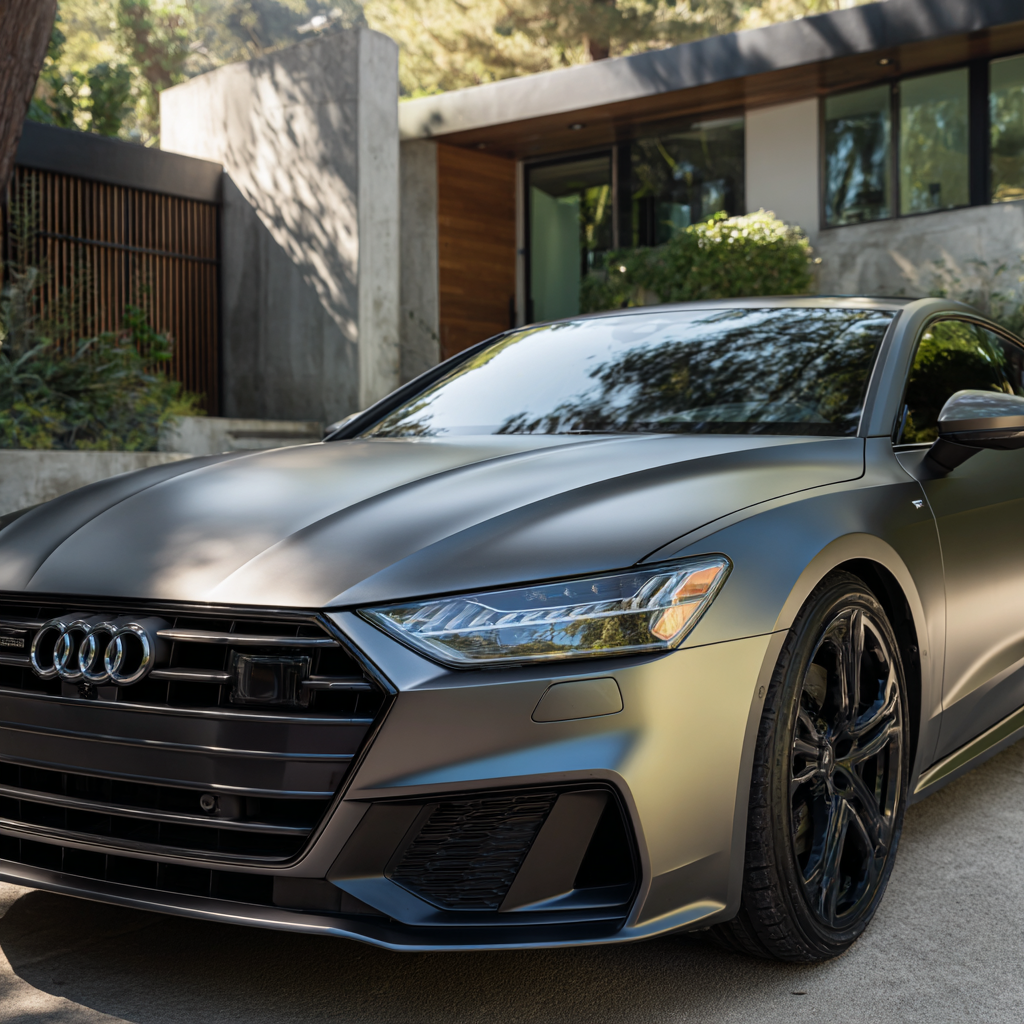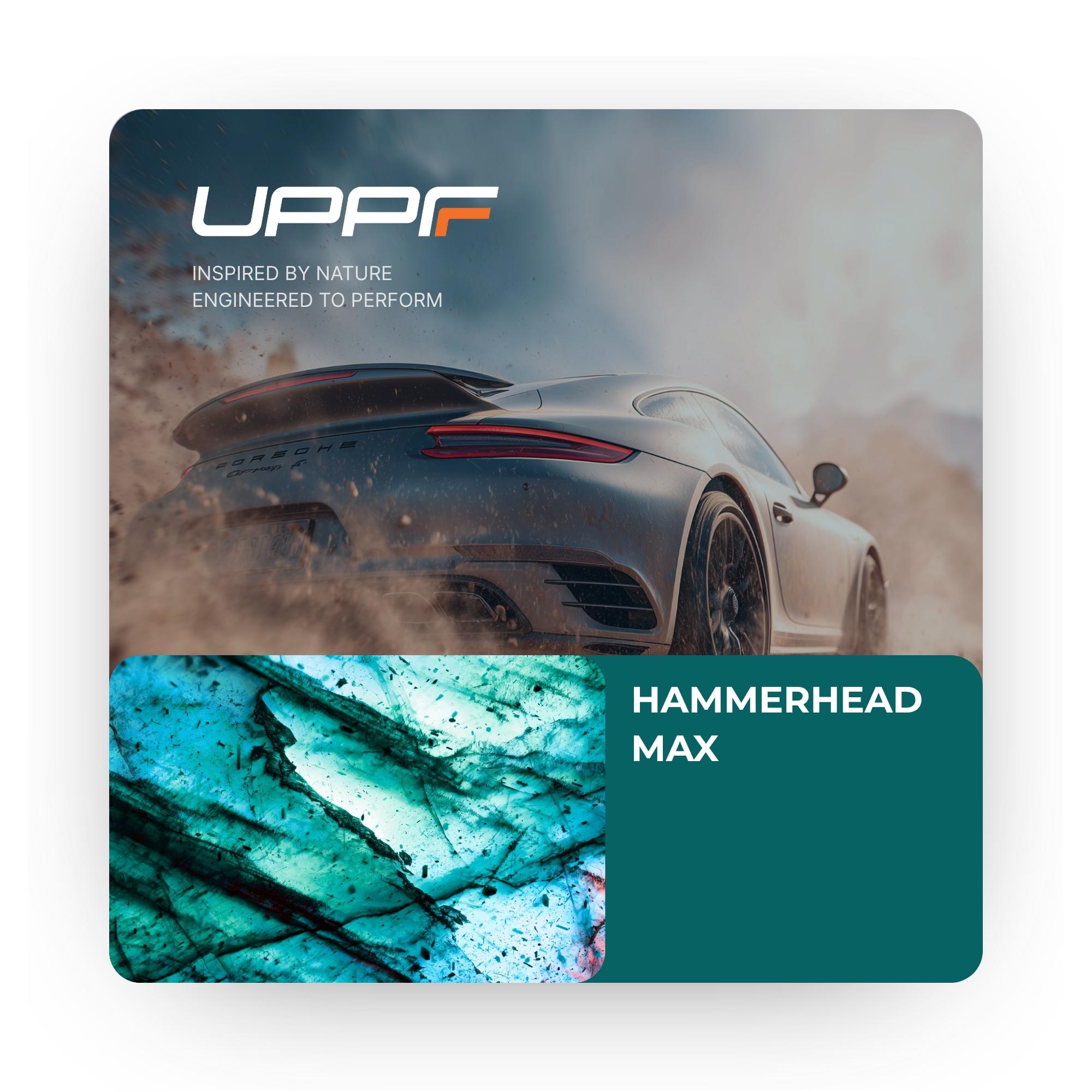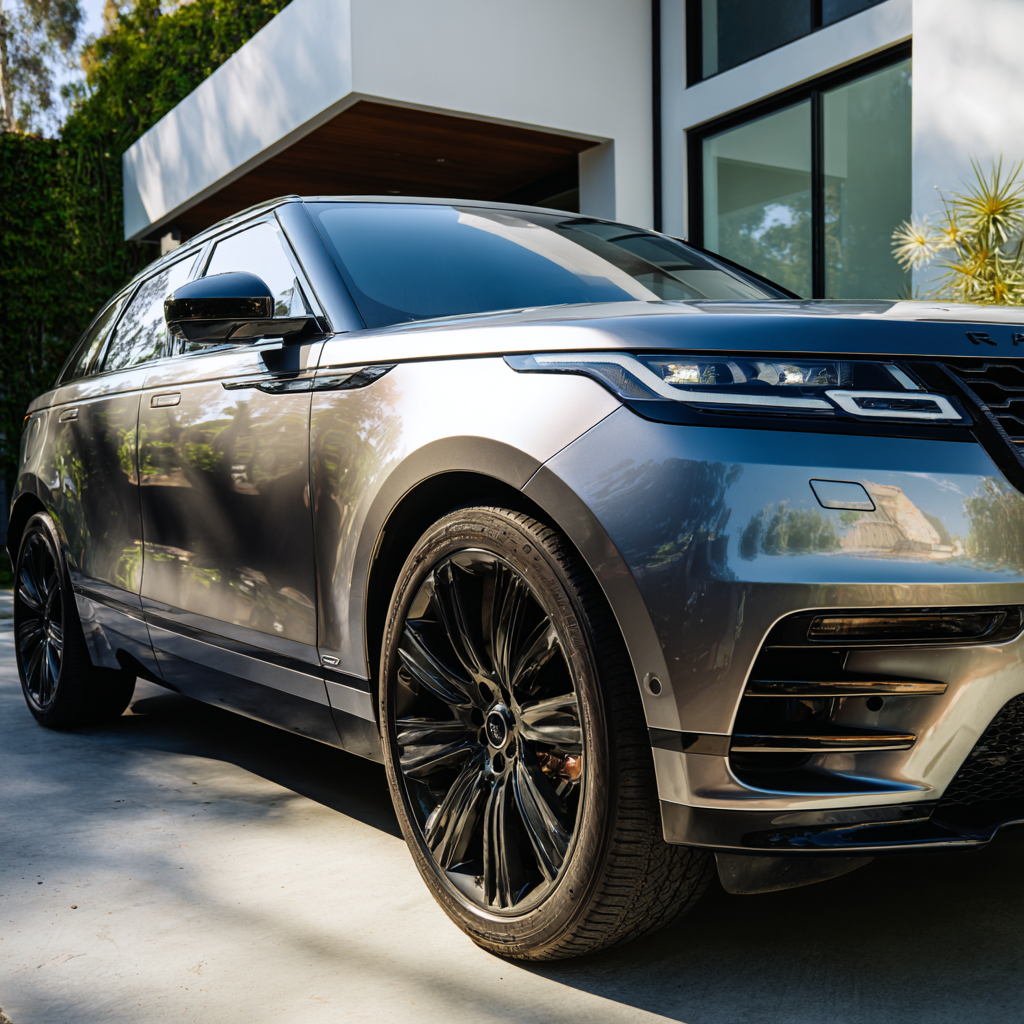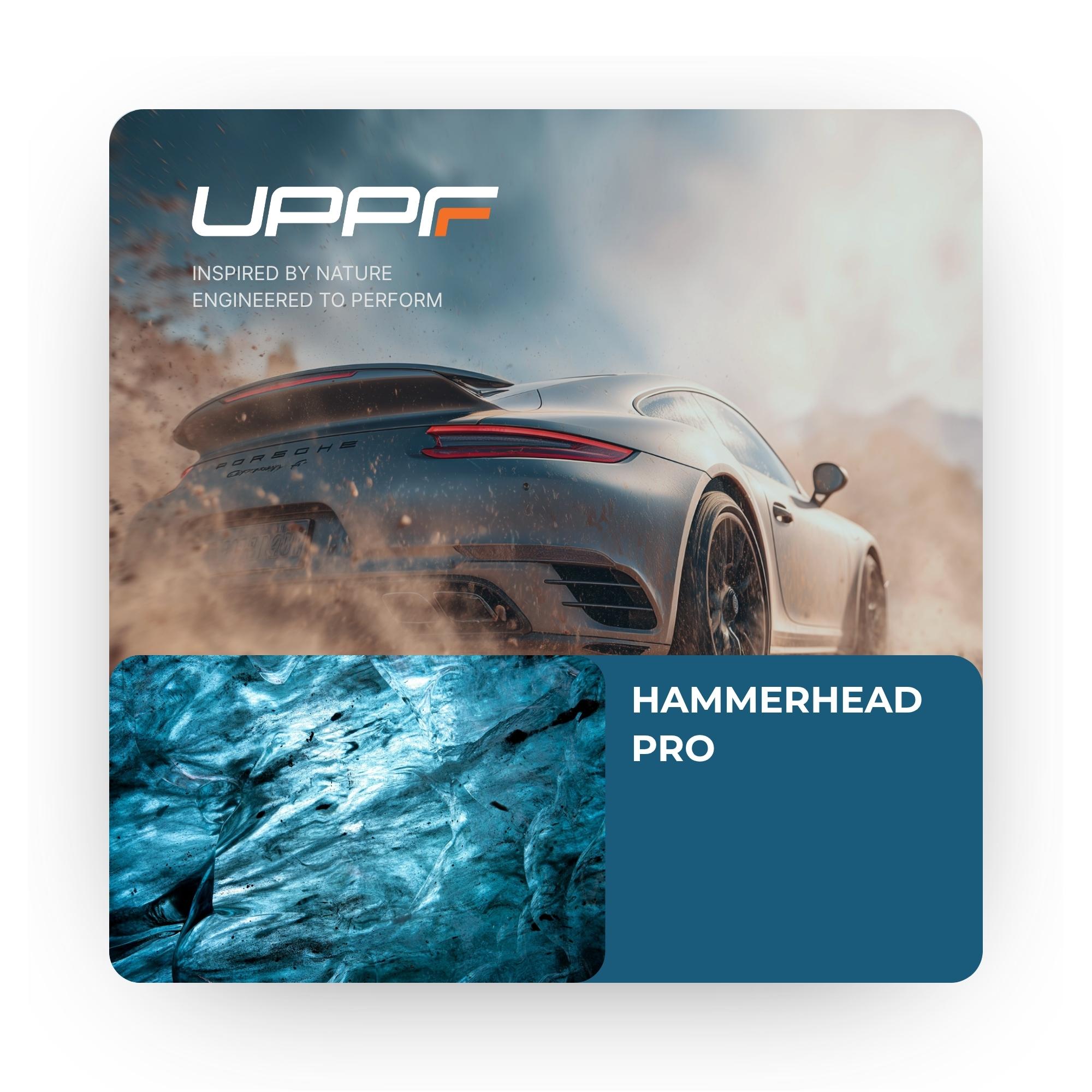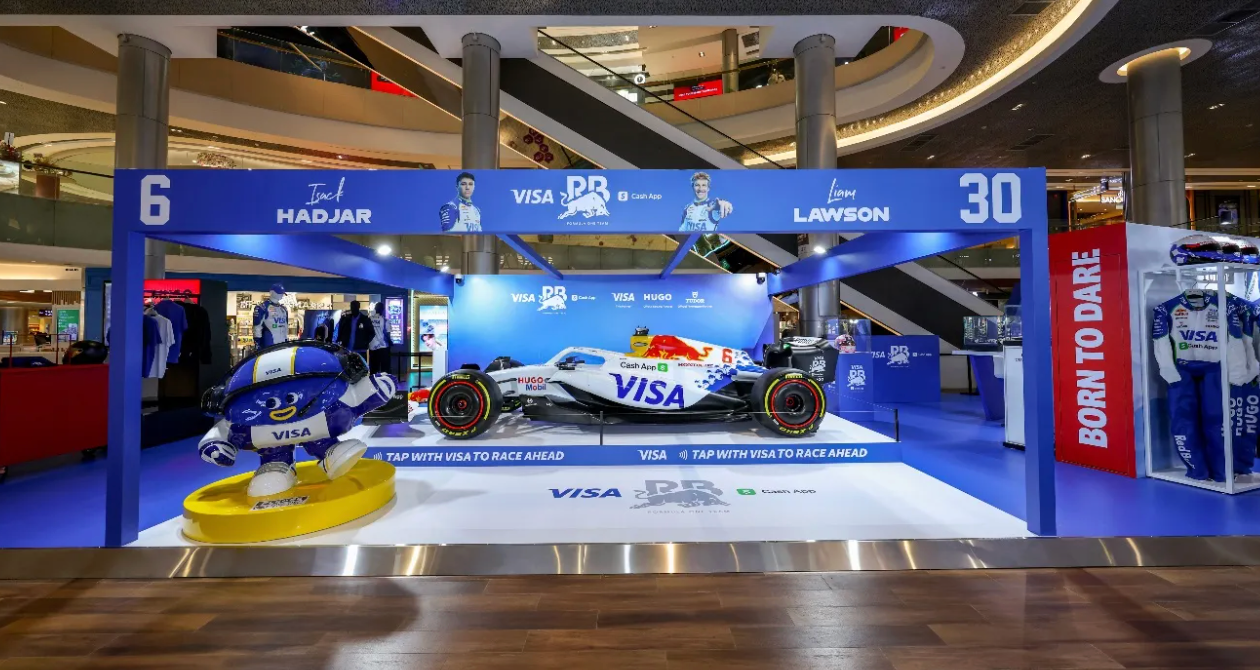As car owners and enthusiasts, we seek not only aesthetic perfection but also long-term durability for our vehicles. One growing solution is Thermoplastic Polyurethane (TPU) technology in paint protection films (PPF). Although this may seem cutting-edge, the underlying principles have surprising parallels in nature; specifically with the placoid scales found on shark skin. This is an example of biomimicry, where scientists and engineers emulate biological structures to solve human problems. What exactly constitutes TPU technology and why is the shark's skin an inspiration?
Thermoplastic polyurethane (TPU) is a versatile plastic-elastomer composed of two types of building blocks: "soft" segments that stretch and rebound, and "hard" segments that function as tiny anchors. These components naturally organize themselves into small, interlocking regions: flexible areas reinforced with tougher tie-points, allowing the material to bend easily while resisting tears and wear. During impact or scraping, the soft parts absorb and distribute the force while the hard parts prevent cracks from spreading. When exposed to mild heat, the surface chains relax and flow just enough to minimize fine swirls and micro-scratches, creating TPU's characteristic "self-healing" property.
To make TPU films more durable, UPPF's engineers add a clear protective top layer. This topcoat raises scratch resistance, shields against UV and chemicals, and manages surface energy so water beads up and dirt has a harder time sticking. Additives like fluorinated or silicone-based chemistries can further lower surface stickiness, helping mud, oil, and road grime release more easily. By tuning how big the hard regions are, how many there are, and how connected they are, UPPF’s engineers painstakingly calibrate and optimize stiffness, recovery speed after scratching, and long-term durability.
Nature solved a similar problem on shark skin. Sharks are covered in tiny tooth-like plates called placoid scales (dermal denticles). Each denticle has a very hard, enamel-like outer cap over a tougher, slightly compliant core, all anchored into the skin. Fine ribbed textures on the surface help organize water flow, cutting drag and making it harder for organisms and debris to latch on. The hard exterior takes the abuse; the supportive layer underneath spreads loads and prevents catastrophic damage.
UPPF’s TPU-based films follow the same playbook. Our proprietary cross-linked PlaticoatTM topcoat behaves like the denticle’s enamel cap: slick, scratch-resistant, and chemically tough. The TPU beneath acts like the dentin and skin: springy and energy-absorbing; so impacts don’t turn into cracks. We even emboss micro-textures that mimic the shark’s riblets to reduce drag and improve cleanability.
This layered, “hard-over-soft” strategy explains why UPPF’s TPU-based films deliver an uncommon balance of impact protection, scratch resistance, optical clarity, and easy cleaning. In short: we take a page from shark skin: hard where it needs to be, forgiving where it matters, and textured so the environment works in its favor.









